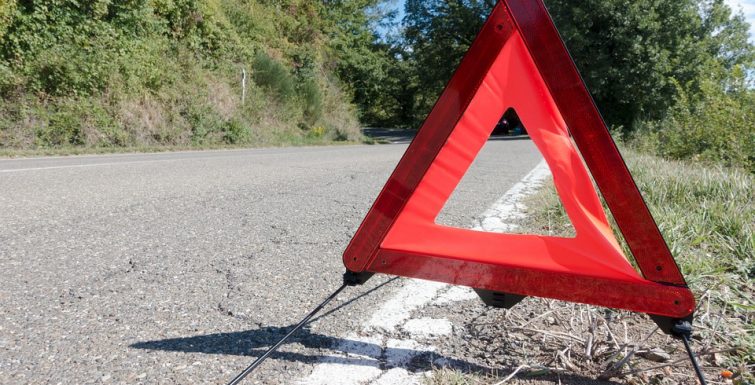Julie Entwistle, MBA, BHSc (OT), BSc (Health / Gerontology)
The Ontario Trial Lawyers Association (OTLA) Blog recently posted this very interesting and informative article on the legalization of marijuana and how this may specifically impact the drivers of Ontario. The proposed reforms to Impaired Driving Laws, as listed in the article, include:
For the first time, the Government of Canada has proposed prescribing limits to the amount of THC – an inebriating component of cannabis – detected in a person operating a motor vehicle. The Government is also proposing prohibiting any detectable levels of many other drugs while operating a motor vehicle.
The proposed changes include attempts to close loopholes in our current laws and providing for easier roadside testing by authorities, including:
- allowing mandatory roadside saliva swab testing;
- allowing blood tests taken by professionals on the scene who are not doctors;
- allowing breathalyser testing of any driver (omitting to the current requirement for “reasonable suspicion” of impairment); and
- changing the definition of impaired driving with blood alcohol levels over 80mg/100ml from “while operating a motor vehicle” to “within two hours of operating a motor vehicle” (an attempt to close legal loopholes where people claim to have drunk alcohol immediately before driving or immediately following an accident to account for an anticipated failed sobriety test).
People operating motor vehicles will be committing a criminal offence if they are found to have THC levels in their blood above 2ng/ml. Drivers with levels above 5mg/ml or levels above 2.5ng/ml combined with blood alcohol levels over 50mg/100ml will face more significant penalties.
The penalties are also generally going up, especially in the case of repeat offenders who may now be sentenced up to 10 years (up from the current five), and will now be eligible to be deemed “dangerous offenders” in appropriate circumstances.
So why is this so significant? As an Occupational Therapist it is common for many of my clients to require the use of medication to manage their symptoms. While most (or all) would love to be able to go without regular use of these drugs, it is typical for medications to be prescribed to help people manage initial and acute symptoms for things like sleep, depression, anxiety, pain, headaches, and spasms. Often, that usage continues beyond the acute phase of recovery to help with the management of more chronic and relentless problems that don’t resolve in time. It is no secret then that people with disabilities tend to be high consumers of medication.
More recently, as the benefits of medical marijuana become studied and well known, my clients are choosing to forgo the gut-wrenching and highly addictive narcotics for the milder but often effective marijuana option. My clients that use medical marijuana report better sleep and more stability in their symptoms without the intense side-effects they experienced on other drugs.
So my clients tend to use medication, some are switching to marijuana, but most concerning with this legislation change is that most of my clients are also drivers. Very few actually don’t resume driving and in fact returning to driving is often one of their main objectives. Driving provides freedom and convenience, and people who end up stranded at home tend to decompensate emotionally due to the isolation that comes from not being able to enter the community often and independently. Sure, many places offer public transit options, but try having pain, reduced tolerances for activity, standing or sitting restrictions and then be expected to walk to, wait for, and then sit on a bus that has jerky starts and stops every few blocks. Public transit is just not a great option for people that don’t tend to feel well.
I am all for the safety of Ontario drivers and I can appreciate how the laws in Ontario need to evolve with the introduction of new policies that can impact driving. However, I am concerned that these changes unfairly target an already marginalized portion of our population without providing suitable alternatives to allow people to get around their community. How will my clients who currently drive while medicated be able to continue to get around?
Further, there is also a potential change to the mandatory reporting requirements for professionals around driving. Currently, only doctors are required by law to report potentially unsafe drivers to the Ministry of Transportation. There is talk that Occupational Therapists will also have this responsibility soon. So, if I know that my client is taking narcotic medication and also drives to work daily, will I be required to report this? If that is the case, then what about the doctor that prescribes the medication in the first place? Is he going to give people the option of: drugs or driving?
Personally, I think the bigger problem on the roads is non-prescription related. Drinking and texting seem to be causing more injuries and deaths than the use of properly prescribed and consumed medications. I hope the lawmakers of Ontario are considering all the risks on the roads and working to develop solutions fair to all of us.







